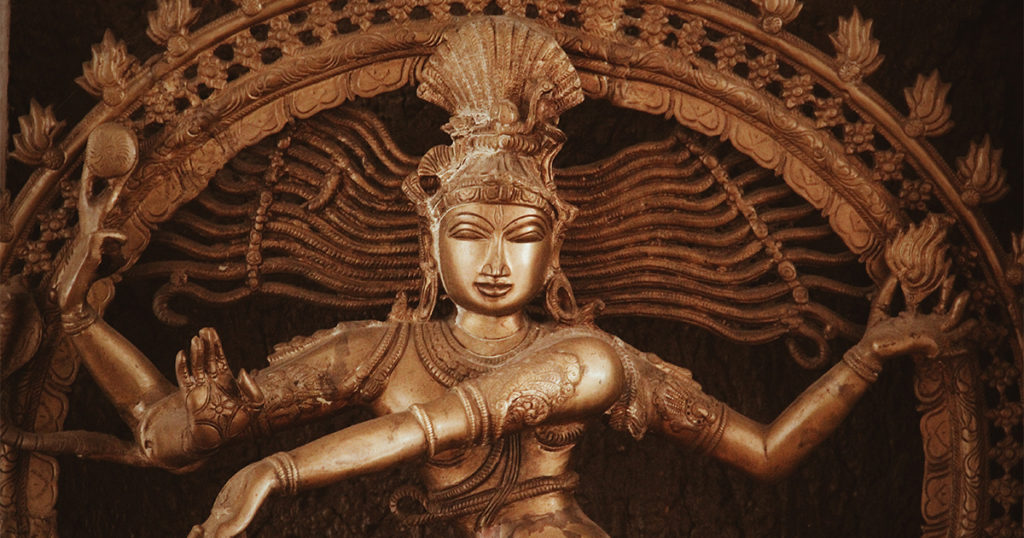Om, or rather Aum, is a mantra. Saying it causes a vibration in your body that, if done properly, can provide a deep feeling of relaxation and even bliss. A simple translation would be ‘source’ or ‘universal consciousness.’ But Om is really a sound, one that was originally used to describe how a rishi, or sage, felt during deep meditation. The sound causes precise sound vibrations in your body so that as you chant om, your body is providing a calming awareness on all levels: physical, mental, emotional, and spiritual.
If you’ve never chanted Om out loud for at least a minute, you should really give it a try. Like right now. Use the great description below from Yogapedia as you move through one Om. Then say it again. In fact, say it a few times. Keep your eyes closed as you say it, back erect, ideally with your palms facing upward. As you make the sound, recognize how your body feels; from how your throat sounds to the sensations felt throughout your sitting body in this present moment.
- A (aahhh) – This syllable represents the origin of all sound, connecting us to our individual selves, or egos. This resonance should come from the back of the throat where the tongue finds its root in our physical being.
- U (oooh) – This syllable represents the energy of the mind and the universe. This vibration invokes balance and clarity as it passes from the back of the tongue toward the lips.
- M (mmmm) – This syllable invokes the sensation of oneness between the corporal body and the universe. Practitioners close their lips around the sound to experience the vibration throughout their head and body.
- Anagata (silence) – This significant phase of the Om invites yoga practitioners to fully experience the blissful state of silence and the sense of unity it transmits.”
https://www.yogapedia.com/definition/4957/om
Now wasn’t that refreshing? If you really observe your body as you move through this unique sound vibration, you might recognize that the vibration starts in your chest, moves through your throat, and reaches your head. The silent sound at the end allows that vibration to continue up and out into the world. The thought of that makes me smile. All of us giving our calm vibrations out into the world, to all people.
In Sanskrit, the lower curve represents the dream state, the upper curve represents the waking state, and the middle curve represents deep, dreamless sleep. The crescent shape above stands for the veil of illusion (“maya”) and the dot represents the transcendental state. When your spirit passes through the veil and rests in the transcendental, you are liberated from the three states.
The symbol of Om represents Brahman, the source of all manifest existence. Brahman is incomprehensible, so a symbol helps us identify or recognize the Unknowable. The symbol is recognized to represent the Trimurti, the trinity of supreme divinity in Hinduism, which is typically recognized as the gods Brahma (the creator), Vishnu (the preserver), and Shiva (the transformer).
Om’s vibration gives us empathy with the cosmic vibration, which allows us to be connected universally. Furthermore, when we say Om along with a group of others, the vibration is felt even more deeply. Imagine a time when everyone gives their best without any desire for something in return. Om reminds us to be our best, and have high regard for others, because it provides a naturally centered, calm, relaxed effect on your body, mind, emotions, and spirit.
I encourage you to bring chanting Om into your daily practice. No equipment needed, just your dedicated attention and an open heart will reap you many benefits for time to come!






